Table of Contents
ToggleWhen you think of the word militia, different feelings and definitions may come to mind depending on your knowledge of history and political leanings. To some, the militia is a positive force on hand to aid the nation in times of conflict. To others, the militia is a group of domestic terrorists with a political agenda. So what does militia mean, and are both of these definitions accurate?
What does militia mean?
The term militia has altered in its meaning over time, no more so than in the last decade. There was a time when the militia was simply the reserve unit of men not tied to the United States military but available to fight should they need to.
Today, we have processes in place where the organized militia of the National Guard can step up and take on responsibilities as needed, and there is the Selective Service from which to draft able-bodied men into service. However, we also have a militia of another kind in the form of right-wing protestors ready to exercise their Second Amendment right to bear arms and fight to defend the constitution.
Because the word’s original meaning has been lost a little, it helps to go back and look at where the militia originated, the purpose of the National Guard and reserve unit, and how different things are today.
The Militia Helped Fight From Colonial Times Through to the Civil War
Originally, the militia was a group of men that could be called upon to fight for the nation during times of war. These groups played a big part in the Revolutionary War as the colonists rose to take on the British army and fight for independence. Yet, the militia concept had been in place long before this, as colonists found it necessary to have a reserve of fighters to deal with hostilities with natives.
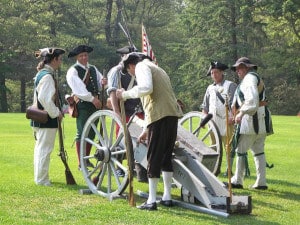
Many of those fighting the Revolutionary War with Great Britain were militiamen, all drawn from a recruitment pool in their home colony. These men were not trained soldiers in the same way as those in the army and had their professions to attend to when not in action. But, they were able to take up arms and fight when the time came.
The tradition continued as the country developed, allowing for a strong unit of men ready for the revolution. Once America had gained independence and had a much stronger military division in place, the militia remained on hand in case of emergency. The idea was that should the army ever need to bolster its numbers, those extra men would be there.
This concept continued through the 18th and 19th centuries, proving valuable in the War of 1812 and the Civil War. By the 20th century, things had evolved a little with a strong organized and unorganized militia available.
The Ongoing Support of Organized and Unorganized Militia in the 20th Century
In 1903, the government passed the Militia Act, which would define two classes of militia in the United States. The first was the organized militia, with the more regimented approach to providing an alternative service and back-up in a major conflict. The other was the unorganized militia, which was the reserve militia comprising every able-bodied man between 17 and 45 not currently a member of the organized groups.
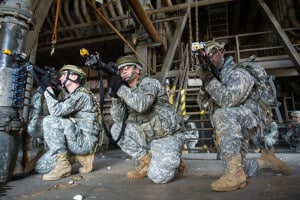
On the organized side, you have the National Guard. This group remains affiliated with the United States military but also very separate. State officials can call upon their National Guard unit to help in moments of civil unrest or during major incidents like natural disasters and wildfires. What is important here is that the President can’t tell them where to go but merely encourage governors on how to handle situations.

Get Smarter on US News, History, and the Constitution
Join the thousands of fellow patriots who rely on our 5-minute newsletter to stay informed on the key events and trends that shaped our nation's past and continue to shape its present.
The presence of the National Guard on the organized site, the unorganized militia, and Selective Service are all still important resources for the military. The National Guard can serve out with the army in foreign campaigns as needed. Also, that pool of extra able men should there ever be a major conflict on US soil.
The American Militia Movement in the 21st Century
Finally, we have the modern version of the militia. The American Militia Movement refers to small organized groups that share similar ideas and principles and will take up arms to defend them as and when the time comes. Many of these groups class themselves as unorganized militia in line with the reserve militia mentioned above.
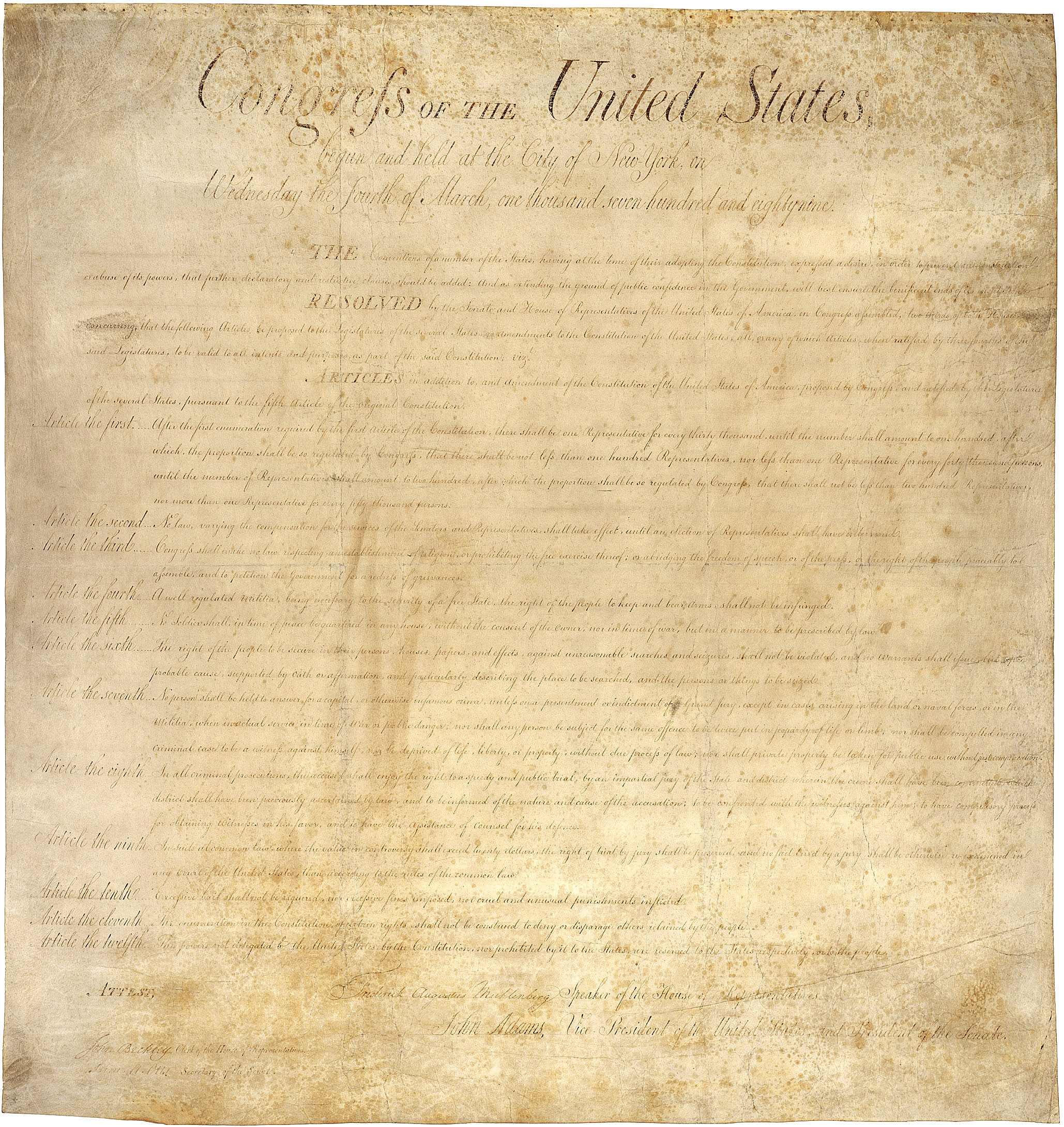
Then there is the term constitutional militia, which can relate to those with an agenda to defend the constitution by whatever means necessary. Those that form a militia for this purpose may argue that it is a right and a duty. They have the right to bear arms as stipulated by the Second Amendment and the duty as citizens to uphold and protect the constitution. However, their methods aren’t always desirable, and they can clash with law enforcement. These groups are seen as domestic terrorists in the worst cases if they incite violence or spread fear and panic.
Two groups that have made headlines and gained notoriety in recent years are the Three Percenters and the Oath Keepers. The name of the latter relates to the idea of protecting the constitution. Both groups were involved in the United States Capitol incident alongside Donald Trump supporters on January 6th, 2021.
Politically, there is a strong link between the militia and the far-right. Many fear that the government will restrict their freedoms, such as the right to bear arms and protest in a manner they deem fit. At the same time, many are pro-Trump and stood by him during claims about a fraudulent victory for Joe Biden in the 2020 election.
Evolution of the Term Militia
It is easy to see why there may be confusion about a militia and what it should mean. That term is now misappropriated by groups that class themselves as a militia but don’t fit in with the standard definition. The nation is left with three forms instead of the two in the Militia Act of 1903. There is the organized National Guard, the unorganized reserve unit, and the unaffiliated militia pursuing their own agendas.
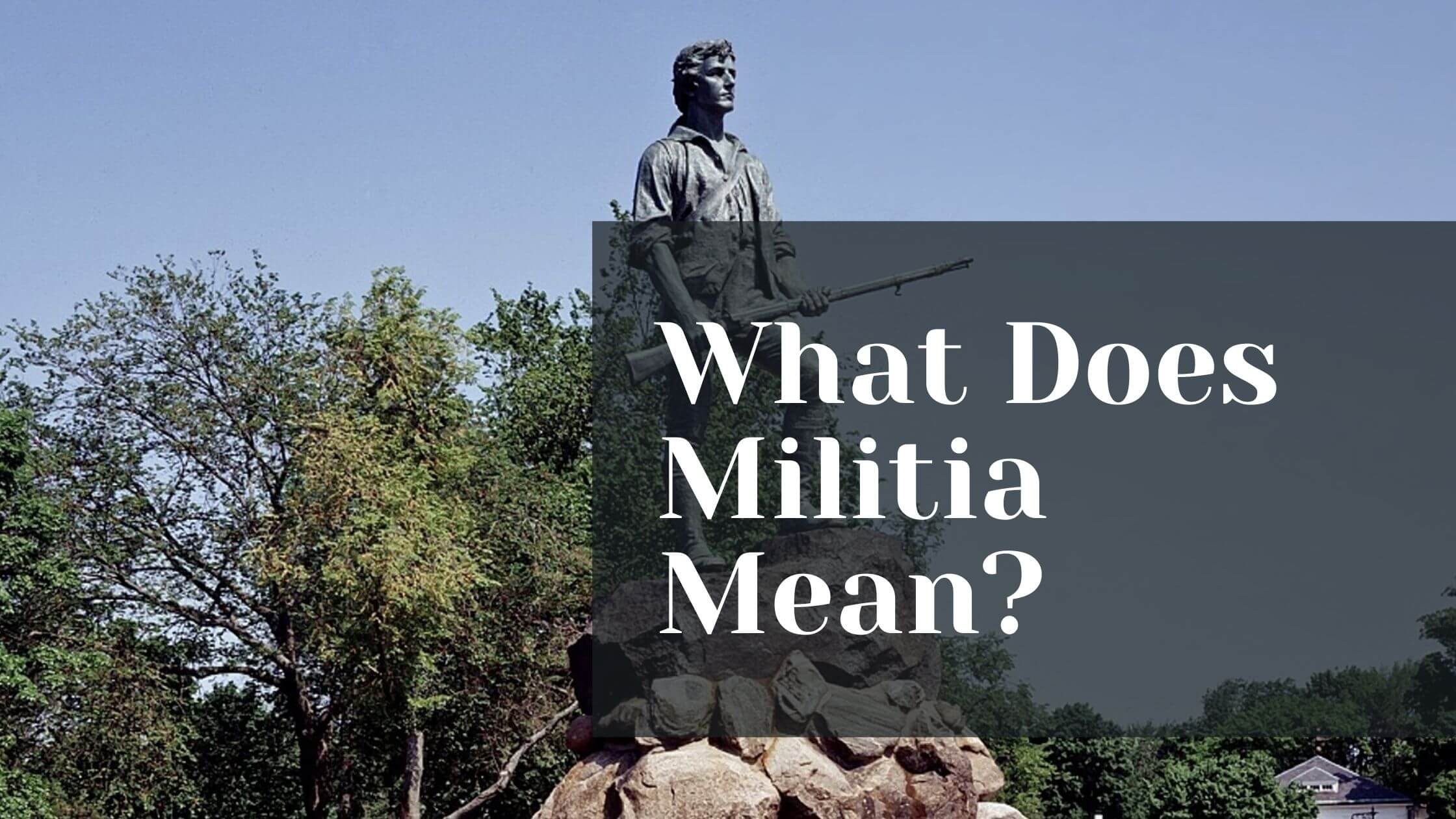

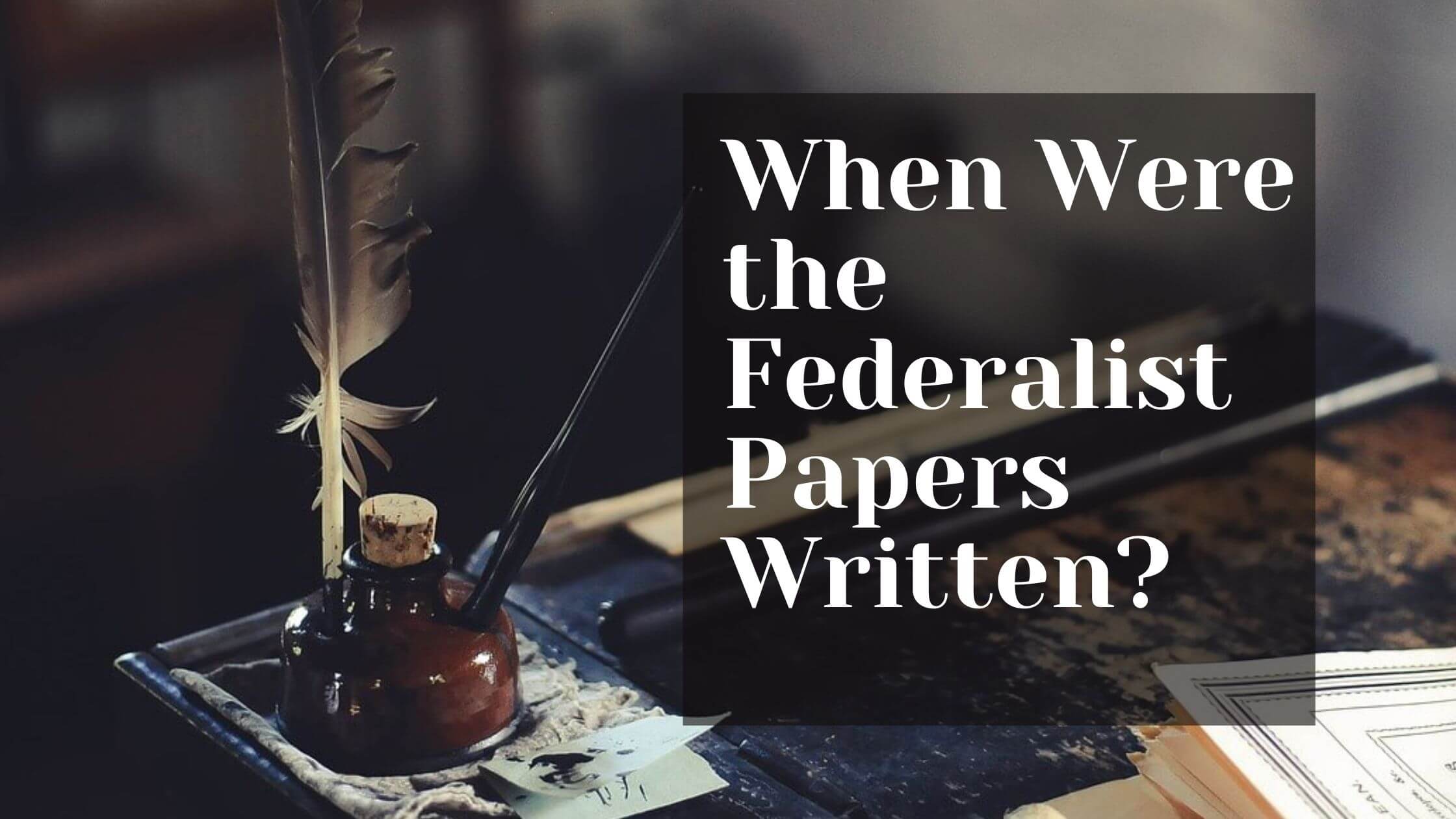
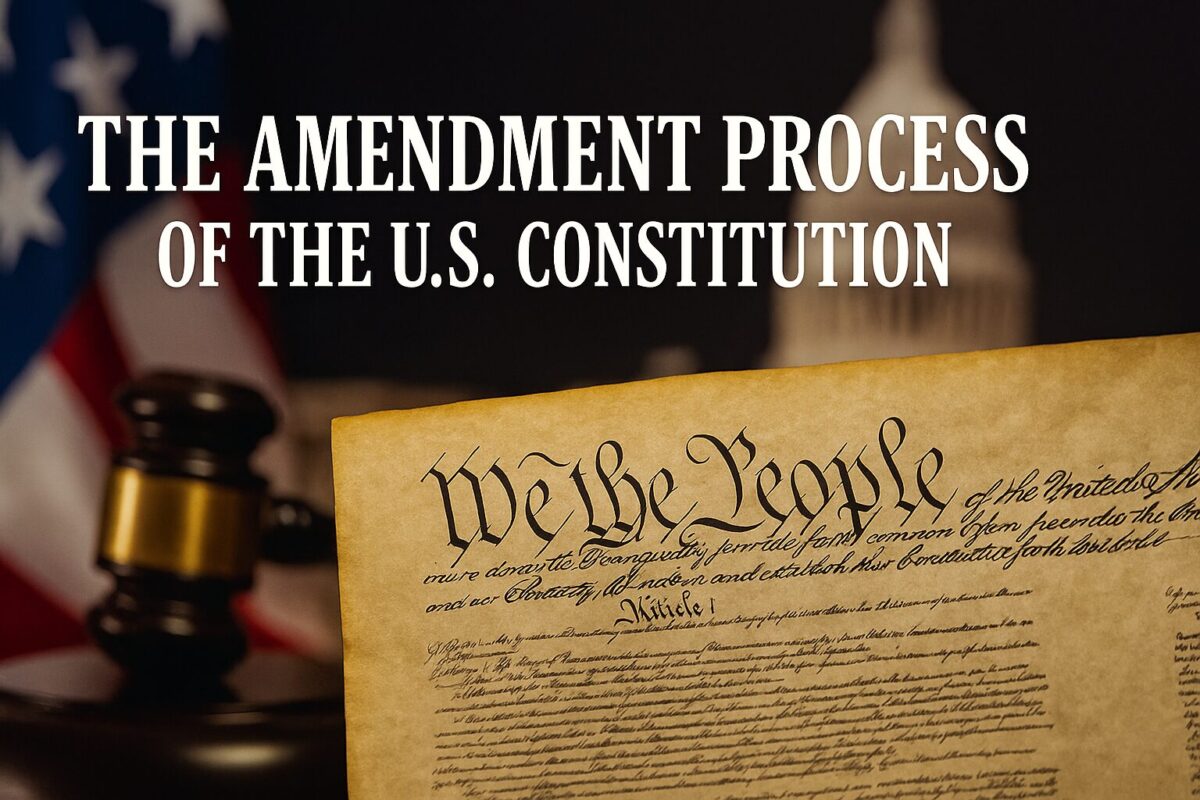








10 Responses
State Officials can call upon their National Guard Units in times of civil unrest or during major natural disasters or wildfires.What is important here is that the President can’t tell them where to go but merely encourage governors on how to handle situations. So my question is: why was the National Guard called BEFORE the January 6th incident?
The president deputized the national guard, allowing them to load their fully automatic weapons, and use a military force against its citizens. Now let that sink in.
BS. They are part of the Regular Army and Air Force. Look at the uniform. It does not say a state name on the name tape, it says US. They are trained by the US military and take the same oath of fealty. As such the president is the Commander in Chief and the ultimate officer in charge of them.
We can toss around the term militia back-and-forth defining new meanings and seeking ways to justify agendas and beliefs and yet if we understand the basic premise of the constitution was to keep the power of governing in the hands of the people so the second amendment merely mirrors this process for protocol and is to protect the people from a Tyrannical government. The mall shooting that was abruptly halted by a 22 yr old who bore his arm and defended freedom exemplifies the 2nd amendment on a smaller scale. His interruption of an incident that could have resulted in many deaths shows the value of care nceal and carry laws. let’s be honest our government has tried to regulate the types quantities and persons capable of caring weapons of any time and has been unsuccessful at any true results by regulating firearms this scenario seems to show at an alternative way to begin to stifle lunatics. The other methods can also provide support to begin to curb this ludicrous activity seemingly law enforcement can’t get to the scene quick enough to curb such activity. Let’s not demonize the 22-year-old who shot the shooter let’s look at how this scenario can help support law-enforcement to curb such ludicrous activity.
Not true.
The second amendment was added after the Constitution was crafted, in the Bill of Rights, in order to quell concerns from states that the federal government could thwart their ability to raise a military for self protection. If the framers had intended it as such, it would have been in the original document. Madison’s writing’s, predicated on the constitutions of the existing states, was intended as a right of the state, not of individuals. That was extended, in essence, by Scalia in 2008.
So much for “originalism”.
“A well regulated Militia, being necessary to the security of a free State, the right of the people to keep and bear Arms, shall not be infringed.”
That’s interesting . . ” the right of the people to keep and bear Arms, shall not be infringed.”
The right of the people, not the right of the state. It is an individual right and not complicated at all.
You forgot 2 very important words, “well-regulated”. Why did they put in these 2 very important words? Certainly if the intention was for people to bear arms without infringement, why have the full first half of the amendment? Because the intent was not willy, nilly, unregulated firearms, but for citizens who are well trained and regulated to assist in matters of the states security.
In the 18th century, regulation did not imply any degree of government control. The founders were pretty clear about this in their writings
The author is Berkley educated, and a beginner student in history.
And it shows.
Hmmm.
“Who are the militia? Are they not ourselves? Is it feared, then, that we shall turn our arms each man gainst his own bosom. Congress have no power to disarm the militia. Their swords, and every other terrible implement of the soldier, are the birthright of an American…. [T]he unlimited power of the sword is not in the hands of either the federal or state governments, but, where I trust in God it will ever remain, in the hands of the people.” ~ Tench Coxe, The Pennsylvania Gazette, Feb. 20, 1788.